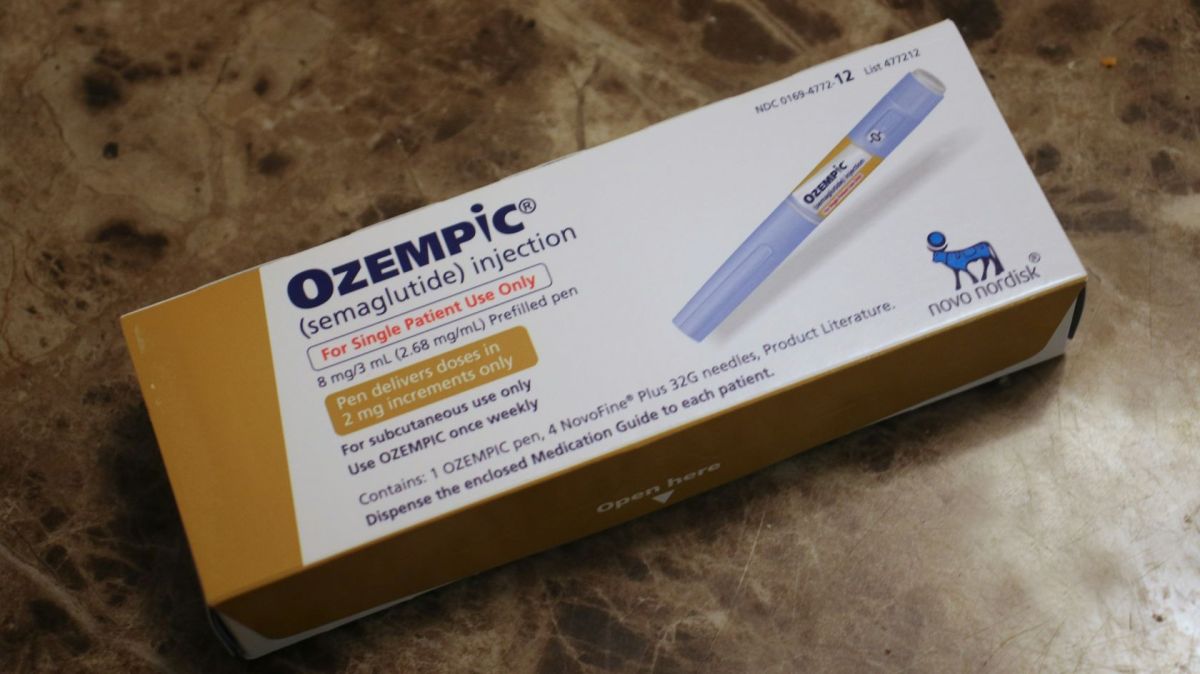According to the INE's analysis, the IBE rose from 22.5 in 2004 to 47 in 2024 (on a scale of zero to 100), mainly as a result of "progress in material living conditions".
"In the period 2004-2024, eight of the ten domains that make up the IBE showed positive evolution. The domains of education, knowledge and skills, personal security and economic well-being were those that showed the most favourable evolution," announced the INE.
The IBE reflects the evolution of the population's well-being based on ten indices that translate two perspectives of analysis: material living conditions and quality of life.
According to the INE the two trends showed distinct behaviours.
The Quality of Life index has always been higher than the Material Living Conditions index, with the exception of 2009 and from 2021 onwards.
The index measuring quality of life showed a positive trend until 2018, and from that year onwards, the pattern was downward, with the exception of a slight increase in 2022 and 2024.
The Material Living Conditions index registered a negative evolution in the period 2010-2013, reaching a minimum in 2013. From 2014 it grew until 2024, only registering a decrease in 2020.
The IBE (Index of Economic Activity) thus had a positive evolution, except in 2007, 2011-2012 and in 2020, a year marked by the Covid-19 pandemic and in which there was a decrease of 1.8 percentage points (p.p.) compared to the previous year, which was greater than the decreases verified between 2011 and 2020. “2012 (1.4 p.p. and 1.7 p.p., respectively) and in 2007 (0.5 p.p.),” the Institute specified in the report.
Between 2004 and 2009, the index showed positive evolution, due to the contribution of economic well-being.
From 2021 onwards, an increase in the index was observed, mainly due to the evolution of the economic well-being and employment domains.












